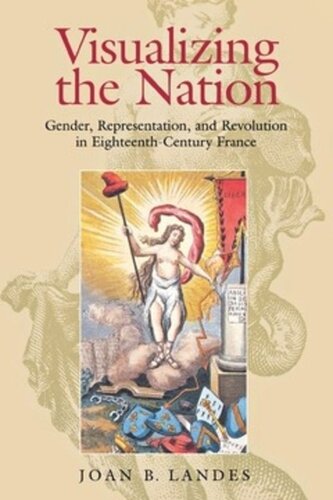

Most ebook files are in PDF format, so you can easily read them using various software such as Foxit Reader or directly on the Google Chrome browser.
Some ebook files are released by publishers in other formats such as .awz, .mobi, .epub, .fb2, etc. You may need to install specific software to read these formats on mobile/PC, such as Calibre.
Please read the tutorial at this link: https://ebookbell.com/faq
We offer FREE conversion to the popular formats you request; however, this may take some time. Therefore, right after payment, please email us, and we will try to provide the service as quickly as possible.
For some exceptional file formats or broken links (if any), please refrain from opening any disputes. Instead, email us first, and we will try to assist within a maximum of 6 hours.
EbookBell Team

5.0
28 reviewsPopular images of women were everywhere in revolutionary France. Although women's political participation was curtailed, female allegories of liberty, justice, and the republic played a crucial role in the passage from old regime to modern society. In her lavishly illustrated and gracefully written book, Joan B. Landes explores this paradox within the workings of revolutionary visual culture and traces the interaction between pictorial and textual political arguments. Landes highlights the widespread circulation of images of the female body, notwithstanding the political leadership's suspicions of the dangers of feminine influence and the seductions of visual imagery. The use of caricatures and allegories contributed to the destruction of the masculinized images of hierarchic absolutism and to forging new roles for men and women in both the intimate and public arenas. Landes tells the fascinating story of how the depiction of the nation as a desirable female body worked to eroticize patriotism and to bind male subjects to the nation-state. Despite their political subordination, women too were invited to identify with the project of nationalism. Recent views of the French Revolution have emphasized linguistic concerns; in contrast, Landes stresses the role of visual cognition in fashioning ideas of nationalism and citizenship. Her book demonstrates as well that the image is often a site of contestation, as individual viewers may respond to it in unexpected, even subversive, ways.